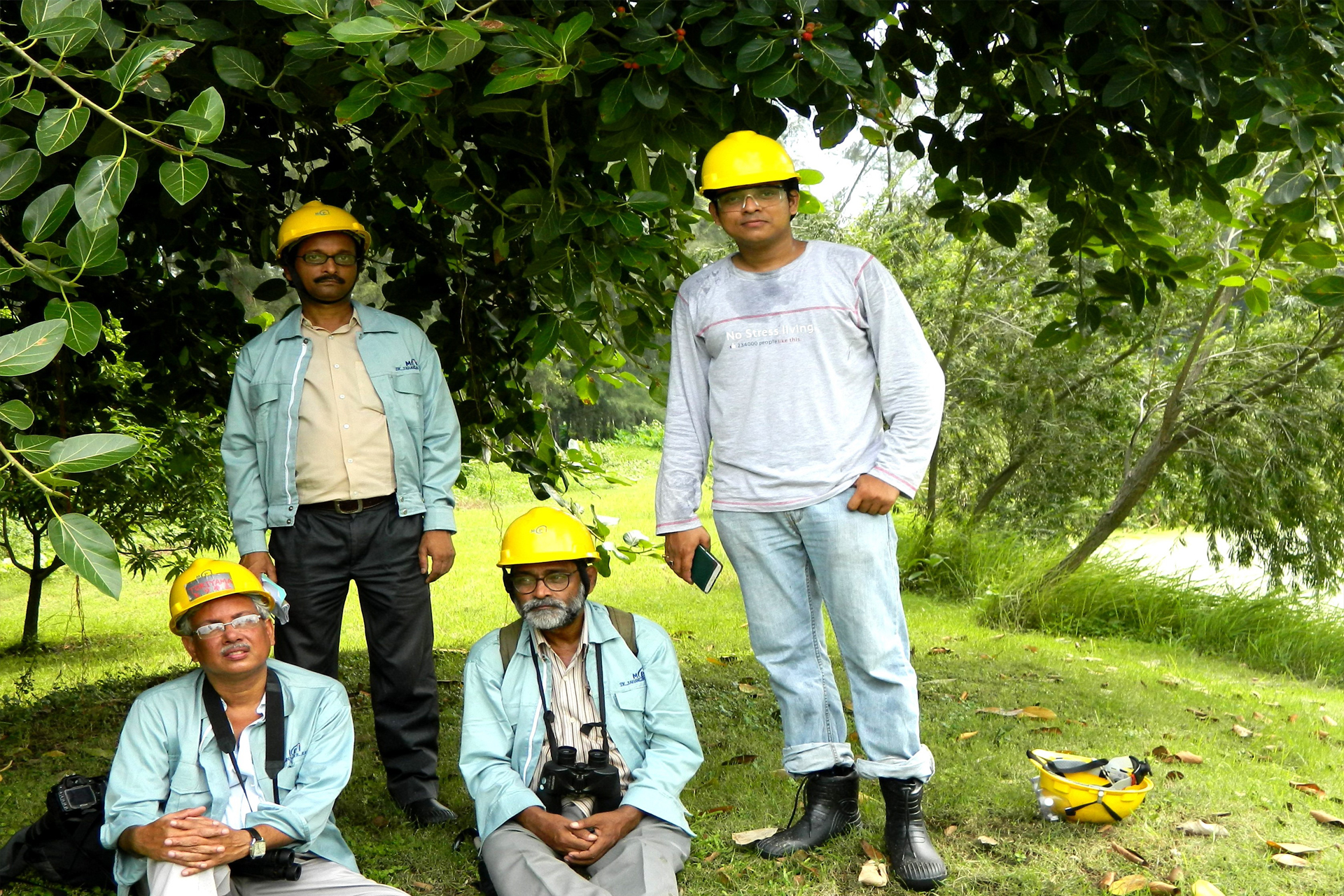- Contact : support@inrc-india.com
- Call :

Service and Program
Green Belt Development, Study and Audit for EIA of Industries

Green Belt Development, Study, and Audit play crucial roles in the Environmental Impact Assessment (EIA) process for industries. EIA is a systematic evaluation of the potential environmental consequences of proposed projects to ensure sustainable development and minimize negative impacts. The incorporation of green belts into this process is essential for maintaining ecological balance and mitigating environmental harm.
Green Belt Development
A green belt is an area of land, usually surrounding an industrial site ,that is set aside for ecological restoration, conservation, and buffer purposes. It serves as a protective barrier between industrial activities and the surrounding environment. Developing a green belt involves planting native vegetation, creating wildlife habitats, and implementing sustainable landscaping techniques. This not only helps mitigate pollution and visual impacts but also enhances biodiversity and promotes aesthetic appeal.
Green Belt Study
Before establishing a green belt, a comprehensive study is conducted to identify the ecological significance of the area and the potential impacts of the industrial project. This study assesses factors like soil quality, hydrology, vegetation, and wildlife. It also considers the potential role of the green belt in absorbing pollutants, reducing noise, and preventing erosion.
Green Belt Audit
After the establishment of a green belt, regular audits are conducted to monitor its effectiveness in mitigating environmental impacts. These audits evaluate the health and diversity of plant and animal species, the quality of the soil and water, and the overall ecological balance. If any discrepancies or degradation are observed, corrective measures are implemented to restore the green belt's functionality.
Importance in EIA
Incorporating green belt development, study, and audit into the EIA process serves several purposes:
Mitigation
Green belts act as a barrier against pollution, noise, and other industrial impacts, minimizing harm to nearby ecosystems and communities.
Biodiversity
By creating habitats for native flora and fauna, green belts enhance biodiversity and support local ecosystems.
Visual Aesthetics
Well-maintained green belts contribute to the visual appeal of industrial areas, making them more harmonious with the natural surroundings.
Buffer Zone
Green belts provide a buffer between industrial activities and sensitive areas, reducing the risk of contamination and disturbance.
Long-Term Sustainability
Regular audits ensure that green belts remain effective in the long term, contributing to sustainable industrial development.
In conclusion, incorporating green belt development, study, and audit into the EIA process is vital for responsible and sustainable industrial growth. It not only mitigates environmental impacts but also fosters a harmonious relationship between industries and the ecosystems they operate within